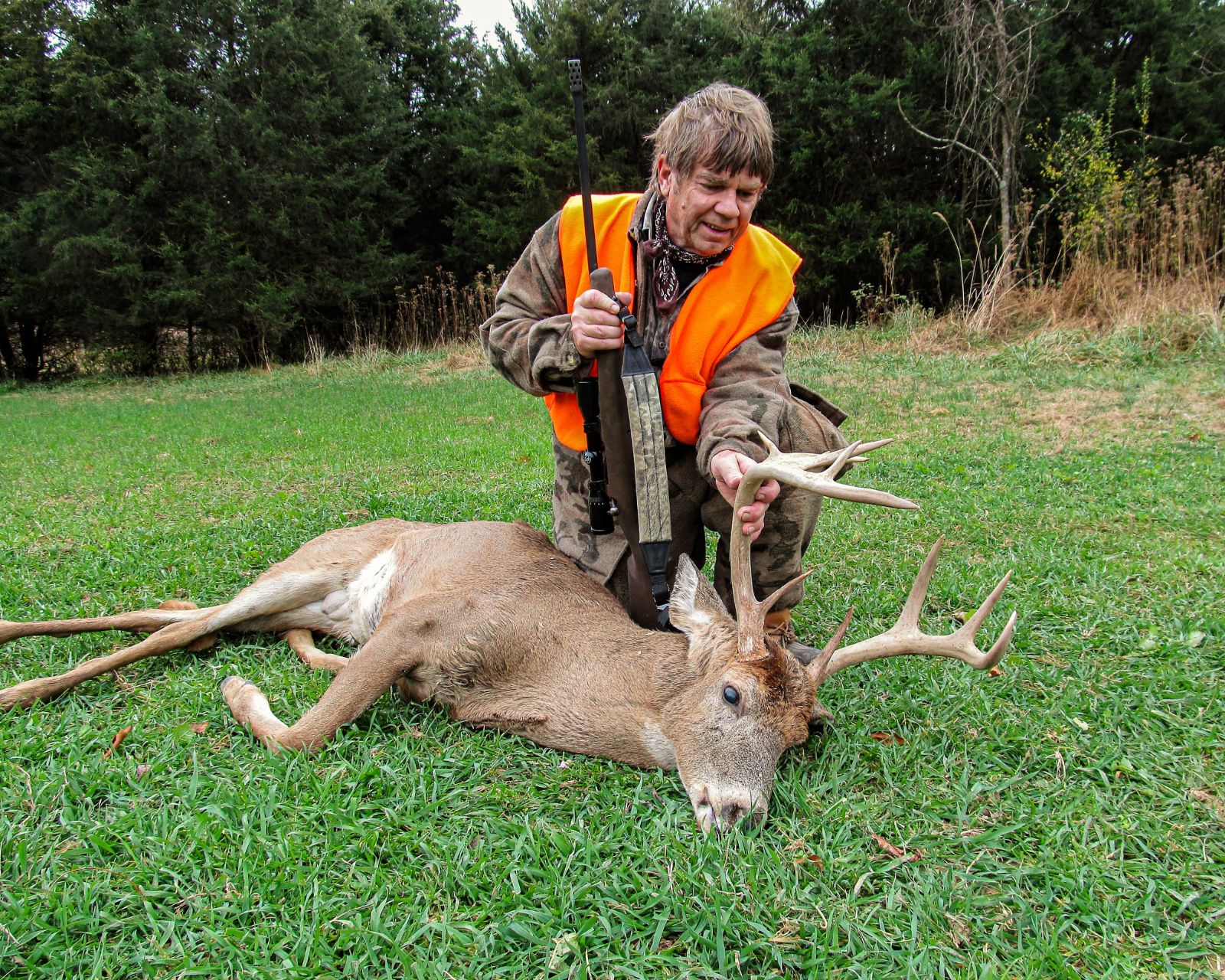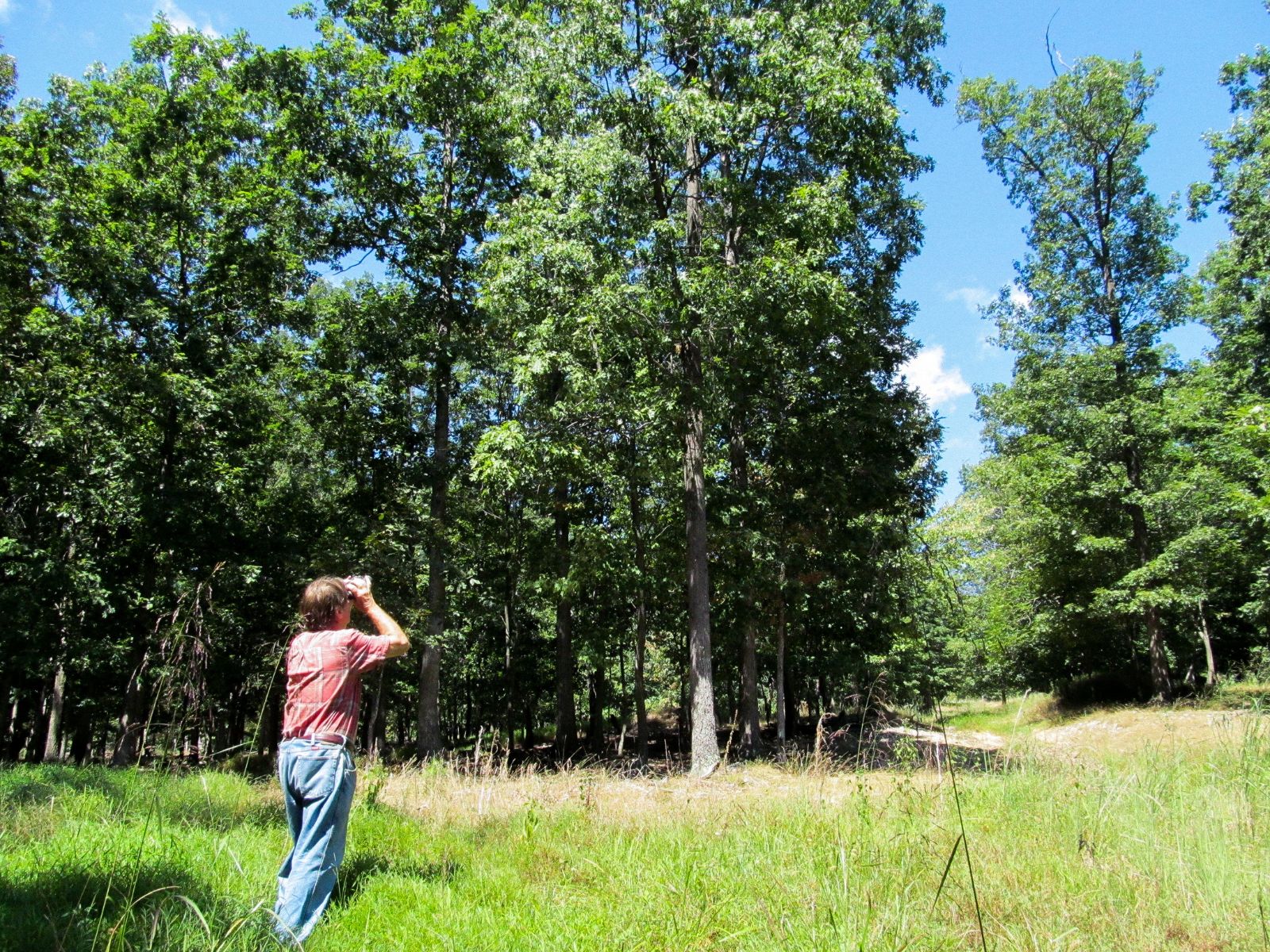By Gerald Almy for Whitetail Times
Some hunters think staying put on stand all day is a macho thing to do. Tough guys don’t have to take a break and stretch or go back to camp for a hot meal. And heaven forbid that they should actually take a siesta during midday to recharge their batteries.
I once met one of these types who told me he took 10 pieces of hard candy and a bottle of water in his pockets when he went to his stand before dawn to hunt deer. Each hour he would very slowly and very carefully place one lemon or raspberry drop in his mouth. That and an occasional sip of water would be the only movement he would make for the entire 10-hour day.
I don’t carry things to that extreme, but staying on stand all day is an admirable and worthwhile endeavor in many deer hunting situations. After all, a good buck could walk by any time, or a doe if you’re looking to fill the freezer with tasty venison and help balance the sex ratio.
However, I don’t think it hurts to bring a couple of sandwiches to the stand or blind, or to get up and stretch a few times during the day. I’m flexible enough that even climbing down for a half-hour break could almost be considered staying put all day in my book. Stretch out in the leaves, recharge a bit, then get back at it!
Staying on stand as much as you can, whether it’s all day or two four- to five-hour sessions, is certainly the best way to up your odds of scoring. Another hunter heading back to camp could roust out a buck from a thicket and run him by you.
A drive on a nearby property could push a buck past your position. I’ve had this happen numerous times. They weren’t always animals I wanted to use my tag on, but they were opportunities. A couple of those deer nudged past me have been keepers, deer that now grace my office wall. Many people also feel that mature deer in heavily pressured areas come to learn that most hunters are back at camp from 10 a.m. to 3 p.m. and adapt their schedules to move during those times.

The author took this 4 ½-year-old buck in the middle of the day. Photo courtesy of Gerald Almy
Of course, the main reason to stay on stand during breeding seasons is that the rut encourages all-day movement among bucks. Once testosterone starts building in late October and peaks in November, bucks are on the move almost constantly. They move so much their body weights decline 20 percent from the constant energy expended and not taking the time to eat as much as normal (though they do eat some, contrary to myths). I’ve seen some of the biggest bucks of my life between 10 a.m. and 2 p.m. If you take a break back at camp at that time you could miss these mature bucks wandering past your stand.
Simply put, the more time you put in, the more likely that one buck you are dreaming of taking will roam past your ambush location, but staying put all day (or almost all day, with perhaps one short stretch and lunch break) is not easy. Let’s look at some things that can make this goal easier to achieve.
There are several steps that can help you stay put on a stand all day, or for as much of the day as you choose. First, you need to go in with the right attitude. You need to have confidence in your location and feel that you’ve done enough scouting and research and put enough thought into choosing that spot.

Glassing before opening day and checking mast crops in the oaks are important steps to build confidence in your stand locations. Do your scouting in the pre-season and be prepared for long hours on stand for success. Photo courtesy of Gerald Almy
It’s also important to bring or wear enough clothing so that you’ll stay warm and comfortable while not moving or generating any body heat from exercise. Don’t wear all of these as you walk in, or you may become sweaty. Carry them in and put them on as you cool down or need them.
I also like to bring adequate food and drink so that I’m not hungry or thirsty. That means different things to different people. Just be sure to pack what keeps your stomach from growling, and be very careful when eating, making sure no deer are in sight when you lift a hand to your mouth.
It’s important to realize that you don’t have to stay 100 percent immobile all day. It’s perfectly acceptable to stand up and stretch every hour or two, even get down and move around once or twice to take a quick break. Also, while you’re watching from your stand, slowly moving your head from side to side is not only acceptable, it’s the best way to detect your quarry before it gets in range so you can start preparing for the shot before it sees you.
If you’re a young hunter, you may even want to play games, text, or read on your phone while you’re on stand. Personally, I do not do anything except watch the world around me or occasionally close my eyes and let my thoughts wander, but as long as you don’t become so engrossed in your activities that you miss deer moving past, extra pastimes to help you stay put shouldn’t be ruled out. It’s a personal choice.
In the end, it largely boils down to confidence. If you believe in your spot, you should be able to stay put. You get that confidence from hours of studying topographic maps and satellite photos, searching for sign in the woods and fields, and trying to pattern the animals in your hunting territory. And in more recent years, you also get that confidence from seeing keeper bucks on your trail cameras and using that data to try to decipher their movements so you can choose the best stand location possible.
While staying on stand all day is certainly an admirable decision, if you find you can’t last that long for health, age, or stamina reasons, don’t risk your safety or try to tough it out to prove a point and be “Mr. Macho.” Get down, take a break, and enjoy this wonderful activity of hunting in a more relaxed manner.
Gerald Almy has been an outdoor writer for over 30 years. He lives in Mauretown, Virginia with his family.
©Virginia Deer Hunters Association. For attribution information and reprint rights, contact Denny Quaiff, Executive Director, VDHA.


